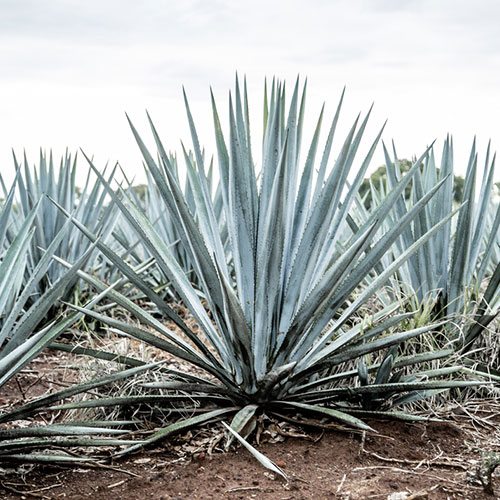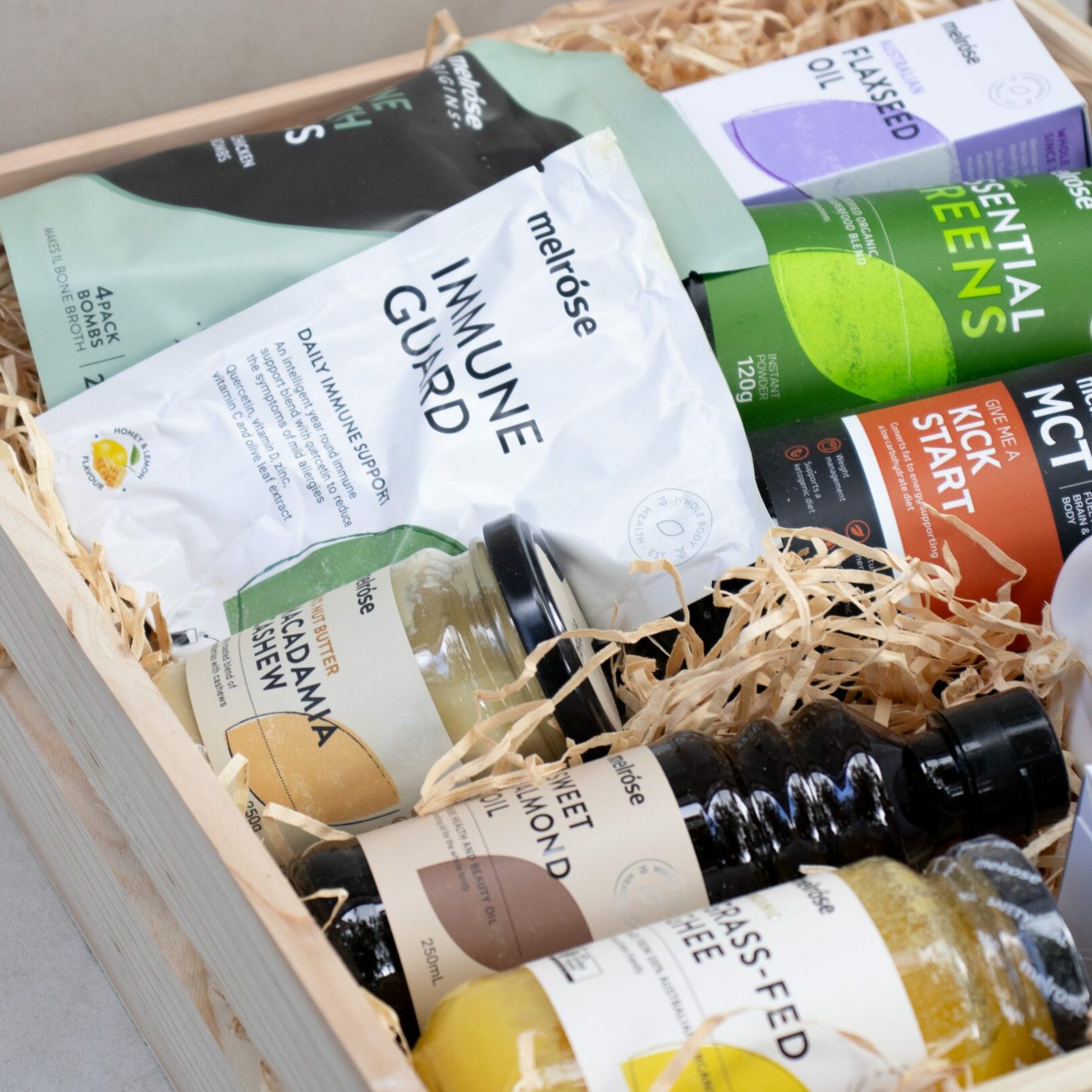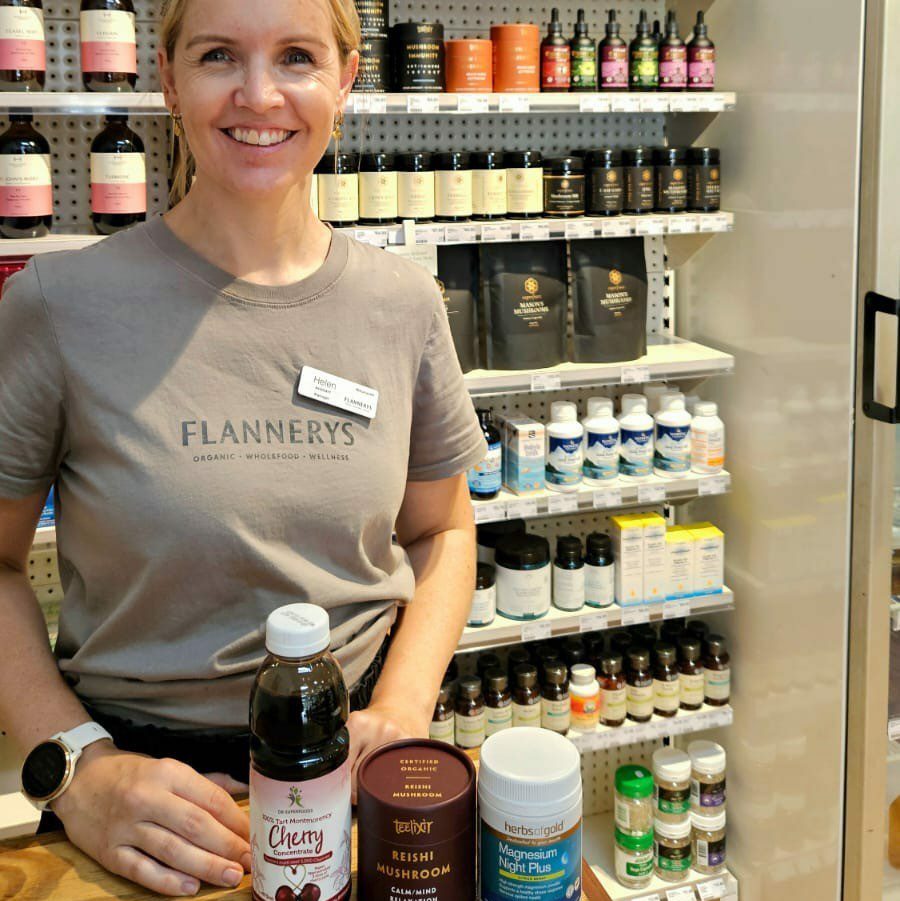
20.11.2015
SUGAR (Part Two) by Elise Ryan
Sugar! A two part series about sugar metabolism and the different “healthy” sugar alternatives.
Fructose and the different ‘healthy’ sugar alternatives – Part 2
Fructose
Fructose metabolism is very different. Fructose is converted into free fatty acids, very low density lipoproteins (VLDL’s – the damaging form of cholesterol) and triglycerides, all of which can be converted into and stored as fat. Large quantities of fructose can lead to potentially developing insulin resistance and non-alcoholic fatty liver disease. Insulin resistance if not addressed can lead to metabolic syndrome and type two diabetes.
Fructose is present in whole fruits and vegetables however they contain fibre, vitamins, minerals and enzymes. As a result, the fructose is metabolised at a different rate and is present in much smaller quantities. On average fructose consumed from fruits and vegetables amounts to approximately 15 grams a day. A healthy person can generally only absorb approximately 25-50 grams of fructose per meal/drink. People who suffer from fructose mal-absorption may only absorb 25 grams or less of fructose per meal/drink.
If the body is subject to larger quantities of fructose than it can metabolise the remaining amount of fructose will enter the large intestine where it reacts with the colonic bacteria to produce fatty acids and the gasses hydrogen, carbon dioxide and methane. Common symptoms of fructose mal-absorption and fructose that has entered the large intestine include: bloating, wind, abdominal pain, nausea, diarrhoea and watery stools. This can occur in infants, children and adults.
Fructose and appetite
Glucose helps to regulate appetite by releasing insulin which lifts blood glucose levels after a meal and shuts off hunger signals. Fructose does not release insulin and as a result will not dampen hunger signals, this results in the over consumption of calories and sugar. As a simple rule try to avoid or keep to a minimum all refined foods, canned or bottled soft drinks, energy drinks (almost all sweet drinks) and fast foods. Always read the labels of the products you are consuming.
‘Healthy’ sugar options
Xylitol – looks and tastes like sugar
Is a naturally occurring alcohol (technically a carbohydrate) found in most plant material including many fruits and vegetables. The common form of xylitol found in supermarkets and health food stores is mostly extracted from the birch tree or corn cobs.
Xylitol has a similar sweetness to table sugar however has 40% less calories. Table sugar has 4 calories per gram and xylitol 2.4 calories per gram. Xylitol has no fructose and is slowly absorbed by the digestive tract resulting in a more steady state of blood glucose levels compared to common table sugar. Despite this xylitol is still a refined sweetener and does not contain any vitamins, minerals or proteins.
Xylitol is well tolerated by most people however if you do suffer from digestive issues start with a small amount and see how you feel afterwards. As xylitol is a sugar alcohol is can become easily fermented by gut bacteria and cause bloating, wind and diarrhoea.
Stevia
Stevia is derived from the stevia rebaudiana plant which is part of the Asteraceae family. It has no calories and is approximately 200 times sweeter compared to table sugar. Stevia does contain vitamins A, C and B’s and the minerals iron, zinc, calcium, sodium and potassium.
Stevia glycosides (a constituent within stevia) are poorly absorbed in the body and pass through the stomach and small intestine fully intact. Once they reach the colon our bacteria hydrolyse the stevia glycosides into steviol through cleaving off the glucose units. Steviol is passed on to be further metabolised by the portal vein and metabolised by the liver and lastly excreted within urine.
As stevia is poorly absorbed by the digestive tract this is why it has no calories and does not raise blood glucose or insulin levels.
Rapadura / Muscovado sugar
Rapadura / muscovado sugar is the pure juice extracted from the sugar cane, it is then evaporated at low heats and produces a grainy sugar. Due to being processed at low heats the sugar retains most of its nutrient value and the molasses remains intact giving the sugars a dark brown colour and a caramel taste. The sugar contains vitamins A, E, C, B1, B2, B6, niacin and the minerals magnesium, potassium, iron and calcium. Rapadura / muscovado sugar has a high sucrose (glucose and fructose) content however when in comparison to table sugar obviously has a higher nutritional value.
Agave
Agave nectar is produced from the blue agaves the same plant which tequila is made. Agave is approximately 1.5 times sweeter compared to table sugar and therefore using less in cooking is recommended. The process of converting the sap from the agave plant into agave nectar requires processing the naturally occurring inulin into fructose. The next process requires being vacuum evaporated to remove the excess moisture and to concentrate the sugars. As agave is primarily fructose it has a lower glycaemic index and does not raise blood sugar levels as rapidly compared with table sugar.
Coconut sugar / Coconut palm sugar
Coconut sugar is the sugar produced from the sap of the flower buds from the coconut palm tree. The sap is placed under heat until most of the moisture has been removed. Coconut sugar contains the same amount of calories as table sugar however it has a low glycaemic index of 35. This is because coconut sugar contains the fibre inulin which reduces glucose absorption and is potentially the main reason it has a lower glycaemic index.
Coconut sugar contains the minerals iron, zinc, calcium and potassium. It is made up of approximately 70 / 80 % sucrose followed by glucose and fructose 3-9% each. Despite this as sucrose is half fructose technically coconut sugar is approximately 40% fructose which is about the same as table sugar and honey.
Rice malt syrup
Rice malt syrup is made from fermented cooked rice and consists of complex carbohydrates, maltose and glucose. Rice malt syrup is 100% fructose free and slow releasing, taking approximately 90 minutes to digest. Rice malt syrup is great for people with irritable bowel syndrome or fructose intolerance. It contains calcium and potassium.
In total, even though some of sugar alternatives contain vitamins and minerals a balanced diet is optimal. They do not replace the nutrients we gain from fresh fruits and vegetables. Remember balance is key in life!
Yours in good health,
Elise Ryan
Naturopath.
Share this post with your friends






